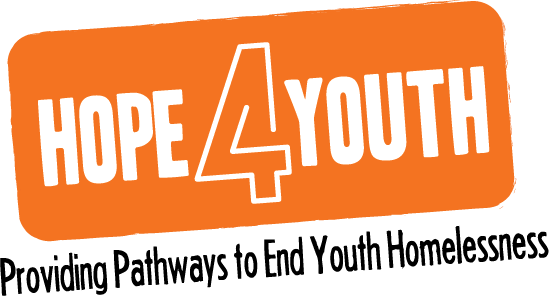Our History
In late 2012, a series of news articles raised awareness of young people in Anoka County who needed basic resources. The stories were published during the coldest days of winter and sparked an immediate reaction from the public. Partnerships were formed, donations were collected, and plans were made to create HOPE 4 Youth, an organization to support at-risk young people.
In early 2013, doors opened to the HOPE 4 Youth Drop-In Center. In the early days, the center’s work focused mainly on providing basic needs for youth experiencing homelessness in the north metro suburbs of the Twin Cities.
In late 2016, HOPE 4 Youth expanded work on long-term solutions to ending youth homelessness with the opening of HOPE Place, a transitional housing facility for 18- to 24-year-olds to live while rebuilding their lives.
Since then, HOPE 4 Youth’s outreach has expanded into nearby communities. Today, our staff work with people who are willing to open their homes to young people under 25 who are at risk for homelessness. The HOPE Homes program turns these couch-hopping situations into more structured agreements that are beneficial to the hosts and the young people who are living with them.
Funding for our programs and services comes from a variety of sources listed in our annual report.

